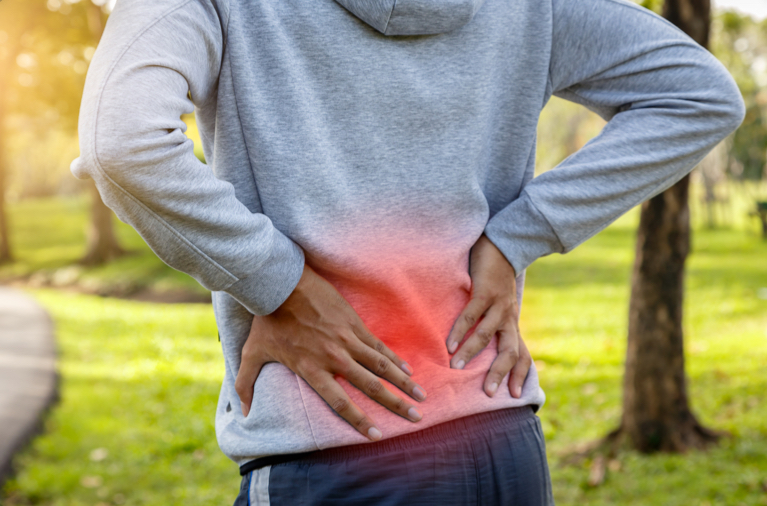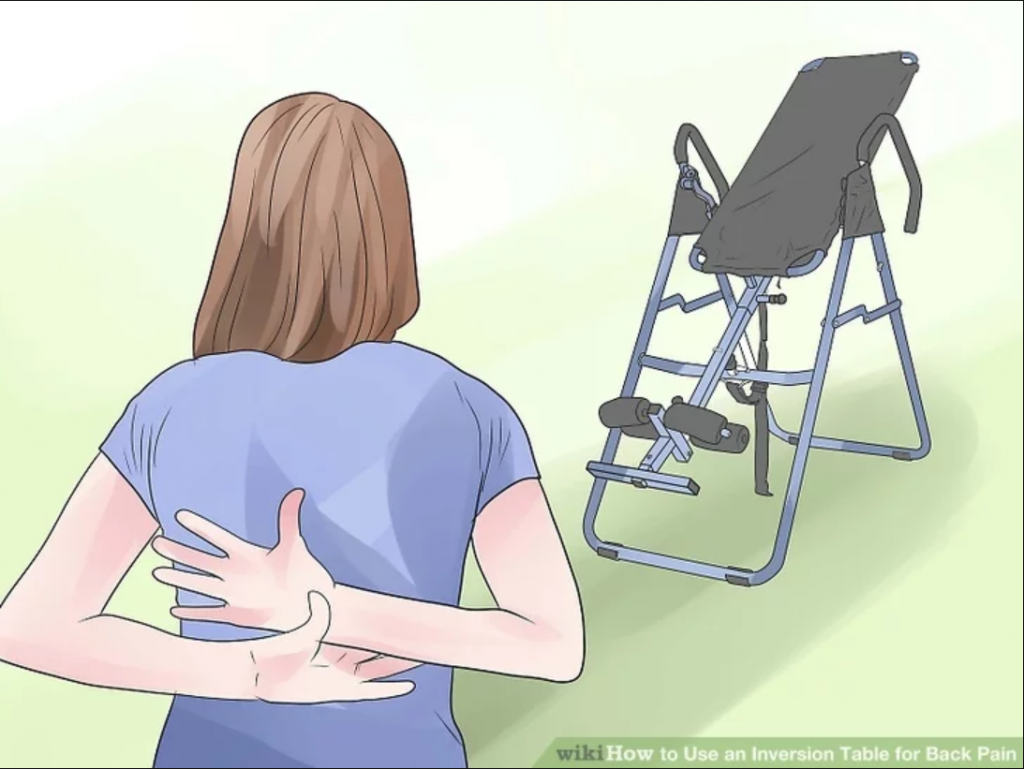Overview
Lower back pain is one of the most common reasons people visit the doctor’s office. The prevalence of this condition involves some crazy numbers! In fact, according to the National Institute of Neurological Disorders and Stroke (NINDS), lower back pain has a prevalence of 80% in the general population.
In other words, 80% of people will experience lower back pain at some point in their lives. Most of those cases will be the main cause to visit the doctor.
Additionally, the vast majority of patients complaining of back pain fall within the age group of 30-50. Your body goes through physiological changes at this age.
Due to the complexity of structures located at the lower portion of the back, the causes of low back pain are diverse and can be attributed to many elements.
Acute lower back pain is defined as pain that lasts from a few days to weeks without surpassing 3 months. Chronic lower back pain, on the other hand, is defined as a persistent pain that lasts more than 3 months.
Want to speak with a physical therapist about your back pain? Click here to contact us!

What Are Inversion Tables?
Patients use inversion tables to hang upside down to relieve the pressure off their backs.
Normally, with gravity, most of the pressure of your spine concentrates in the lower lumbar vertebrae. Lumbar discs in between each vertebrae separate them and act like “cushions” to prevent the friction between the bones.
The pressure on those vertebrae reduces, theoretically, when you use an inversion table. As a result, many people choose to use inversion tables as a therapeutic modality for chronic lower back pain.
Just because everyone else uses them…does that mean you should use them too?

Can Inversion Tables Help With Back Pain?
Many people we work with use inversion tables at home, and swear by the results.
We’ve compiled a couple of research studies looking at inversion therapy and chronic low back pain:
In a 2013 study, researchers tried inversion therapy on a group of 47 participants that dealt with chronic lower back pain.
After 8 weeks of inversion therapy, back pain was significantly reduced and patients reported improved torso mobility and strength.
Additionally, another study found that inversion therapy at zero-gravity can reduce the need for spinal surgery, which improves the outcome of patients, as well as decreases the economical toll of spine surgery.
Even though there is research out there to support the use of inversion tables, that doesn’t mean that we recommend them.

Final Words: What Do We Think?
Due to the insanely high prevalence and incidence of lower back pain, researchers are always on the look for new potential solutions to chronic low back pain that do not include the use of pharmacological drugs. Physical therapy is a great option to consider in reducing back pain
Many people have told us that inversion tables have worked for them….but that doesn’t mean that it would work for everyone. Using an inversion table is a “passive” modality. That means the inversion table is doing all the work. You just get to lay back and enjoy the inversion table.
As physical therapists, we instead promote “active” solutions like exercise and a walking program to combat low back pain. Check out this blog post on yoga and low back pain! Physical therapy research supports more “active” solutions where you are using your muscles in comparison with “passive” solutions.
If you have ever tried inversion therapy before or if you have any questions, feel free to share your thoughts in the comment section below.

